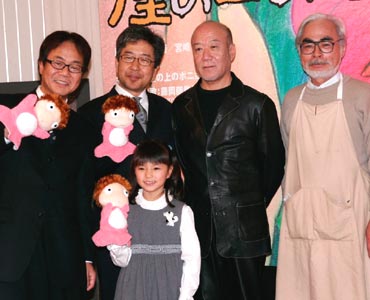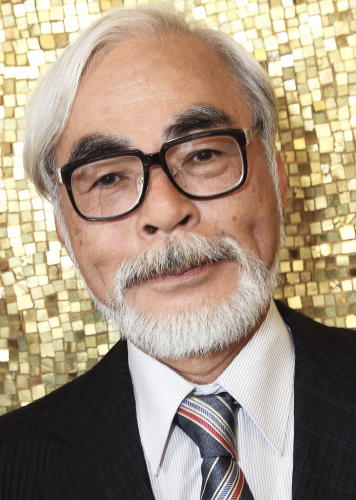The world of this work is also, I feel so, overflowing with fantasy.
Please enjoy Videos provided by YouTube. You might be immpressed in happiness.
Kiki is a 13 year-old witch-in-training, living in a small rural village where her mother is the resident herbalist. The film opens at the time traditional for Kiki to leave her home to spend a year alone in a new town to establish herself as a full witch. Kiki therefore flies on her mother's broom with her closest companion, Jiji, a loquacious black cat. At her departure from home, she has trouble controlling her newly-inherited broom, and ricochets from the trees in her front yard. Wind bells in the trees chime; one of the neighbors wistfully comments that he will miss the sound of the bells, implying that such incidents have been common.
Soon after leaving, Kiki asks Jiji to turn on the radio. When he does, he flips to a lively pop song and the beginning credits roll. After the credits and song finish, Kiki and Jiji meet another witch on her way back to home from training. After giving some advice about inner skills, this newcomer flies down yelling, "Ciao!". Seconds after she leaves, Kiki and Jiji are caught in a thunderstorm, from which they take overnight refuge in a train. On the next morning, Kiki and Jiji wake up to discover that they have fallen asleep in a cow herd's feed-bag. They leave the train and continue their search for a place to live.
By A.S. in 2009





